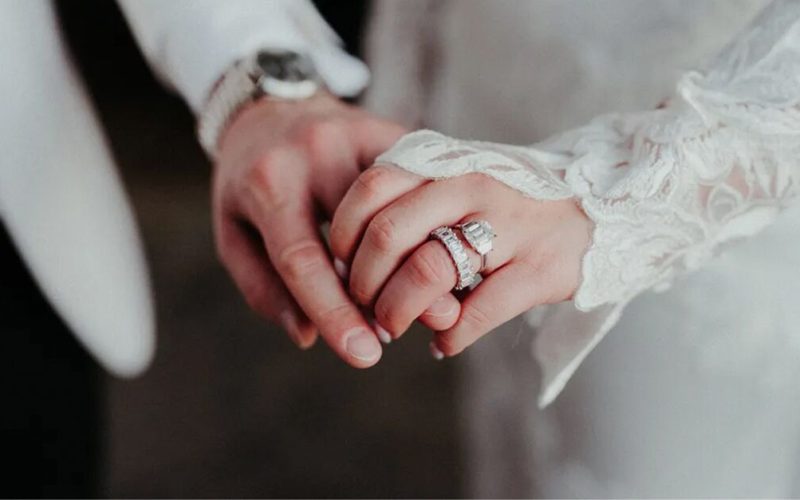The choices people make often reveal deeper truths about culture and priorities. In the USA, two consumer categories consistently stand out—furniture and wedding rings. Both are tied to milestones: moving into a new home or starting a new life chapter. In my 15+ years advising clients on consumer markets, I’ve seen how these purchases go far beyond aesthetics. They are tied to identity, financial planning, and long-term satisfaction. Let’s unpack what life in the USA truly looks like when framed through the lens of furniture versus wedding rings.
Investing in Home Comforts First
When people settle in the USA, many quickly learn that the home becomes a personal statement. I’ve seen couples hold off on luxury jewelry just to buy the right sofa or dining set. They know furniture impacts day-to-day living more profoundly. It’s not just about comfort—clients often tell me that a good home setup creates stability and improves productivity. Back in 2018, when real estate surged, furniture sales followed, showing how closely tied they are to life milestones.
Wedding Rings as Legacy Symbols
I once worked with a client who said, “The sofa will wear out, but the ring stays with us forever.” That’s the thinking behind wedding rings. In the USA, these are not just purchases—they are investments in symbolism and permanence. Especially for men, the choice of Men Wedding Rings reflects personal style and relationship values. Unlike furniture, rings hold emotional weight that extends over decades. The reality is, while furniture might be replaced, wedding rings rarely are.
The Financial Balance: Assets vs. Symbols
From a financial standpoint, I’ve seen families debate—should they spend $5,000 on a solid bedroom set or a custom wedding ring? The data tells us most middle-income households allocate larger sums to furniture because it adds tangible utility. But wedding rings, though smaller in percentage of household budget, often carry disproportionate emotional ROI. The question executives ask when expanding into retail is whether to bet on necessity-driven categories (furniture) or sentiment-driven categories (jewelry).
Trends in Lifestyle Spending
During the last downturn in 2009, people delayed furniture upgrades but rarely postponed weddings. That taught me something fundamental: symbolic purchases can withstand recessions better than functional ones. Today, emerging generations are spending more selectively—often buying modular furniture and minimalist rings. What I’ve learned is that U.S. consumer life cycles fluctuate, but emotional investments like rings remain surprisingly resilient.
Outdoor Living and Social Spaces
In the USA, an outdoor space is viewed as an extension of the home. I’ve seen homeowners prioritize their backyards with Outdoor Patio Furniture instead of spending heavily on interiors first. The cultural shift toward outdoor gatherings post-2020 made patio spaces essential for social and family life. The bottom line is, furniture here isn’t just about function—it’s tied to community and connection more than most realize.
Emotional vs. Practical Purchases
Here’s what nobody talks about: many couples overspend on weddings only to cut corners on furniture later. I’ve seen that backfire. Poor-quality furniture impacts the quality of life daily, while the expensive ring sits safely stored away most of the time. On the other hand, furniture gets worn out, but a ring maintains its symbolic value. Successful households in my experience strike a balance—buying durable furniture and modest rings that still hold emotional weight.
Shifts in Consumer Priorities
Back in 2015, Pinterest and Instagram drove aspirational spending—big weddings, luxury rings, high-end furniture. Today, inflation has refocused young professionals: functional furniture first, affordable symbolic jewelry second. I’ve noticed buyers are no longer embarrassed to admit they want practicality first. This is a major cultural shift in how Americans communicate priorities around home and marriage markers.
Future Outlook for U.S. Consumers
The future of consumer spending on furniture and wedding rings will likely evolve as housing costs rise. The real question isn’t whether people will buy—it’s how they’ll balance both categories. I expect wedding rings to increasingly tilt toward minimalist design, while furniture spending will stay stable, especially in categories like work-from-home setups and outdoor spaces.
Conclusion
Life in the USA, when framed around furniture and wedding rings, tells us that consumers balance the pragmatic with the symbolic. Rings hold emotional and legacy value, while furniture improves daily living. The challenge isn’t choosing one over the other, but aligning both to financial reality and cultural expectations. I’ve seen firsthand that families thrive when they invest intentionally in both—practical comfort for today, symbolic meaning for a lifetime.
FAQs
What do most Americans spend more on—furniture or wedding rings?
Most Americans allocate more total money to furniture, but rings often hold greater long-term symbolic value.
Why do U.S. couples prioritize outdoor furniture?
Outdoor living has become a cultural staple, especially since 2020, with gatherings often shifting outdoors.
Are wedding rings in the USA seen as investments?
Not financially, but emotionally they are—passed down or valued as lifelong symbols of commitment.
How do economic downturns affect these categories?
Furniture purchases often get delayed during recessions, but weddings and rings usually remain essential.
Do younger generations spend differently?
Yes, millennials and Gen Z prefer minimalist rings and modular furniture, focusing more on practicality.







